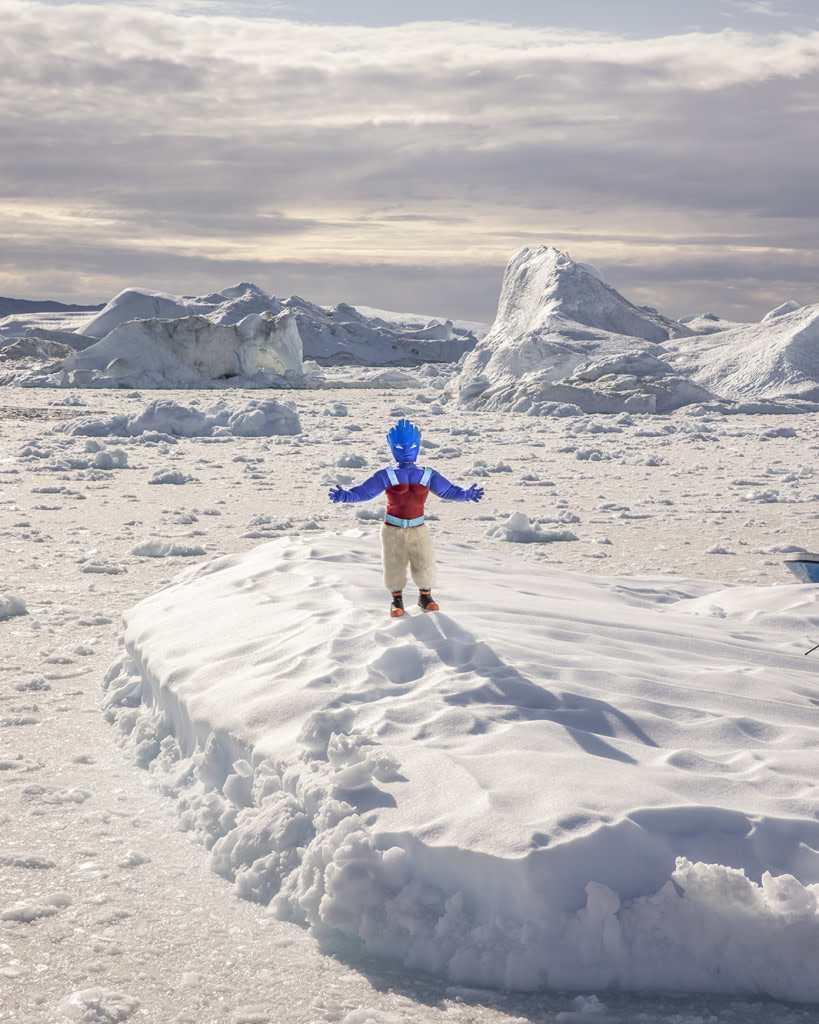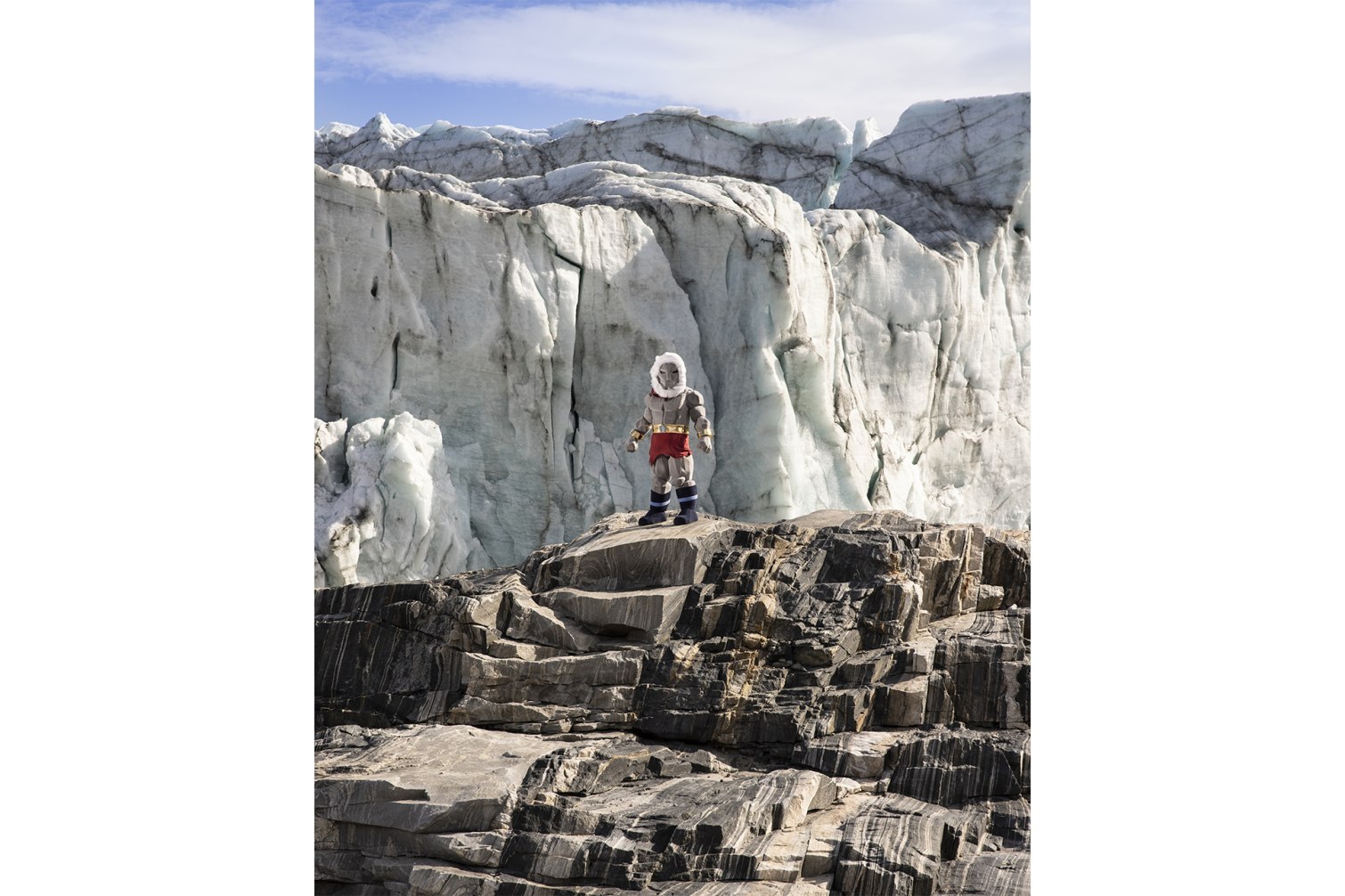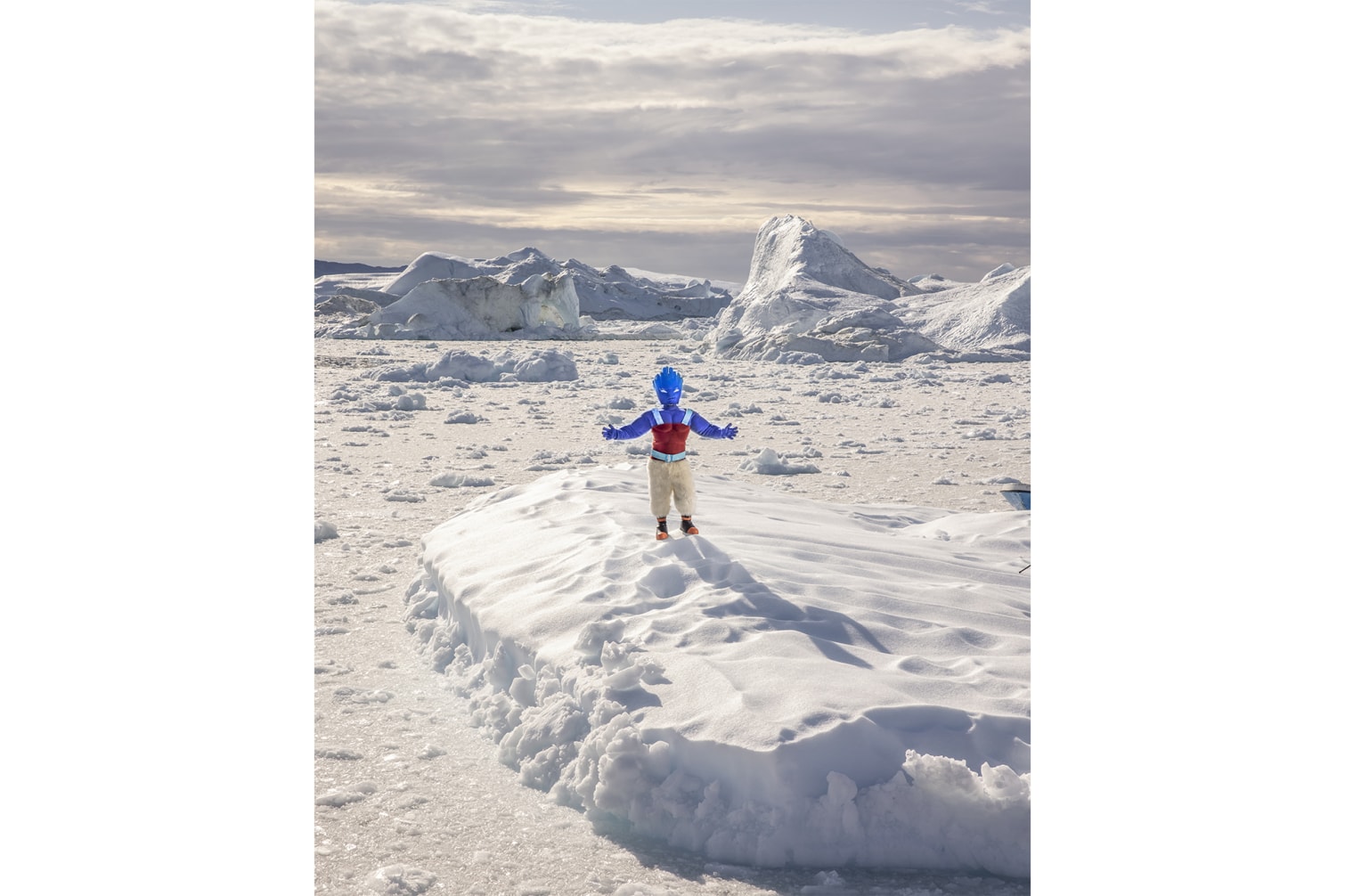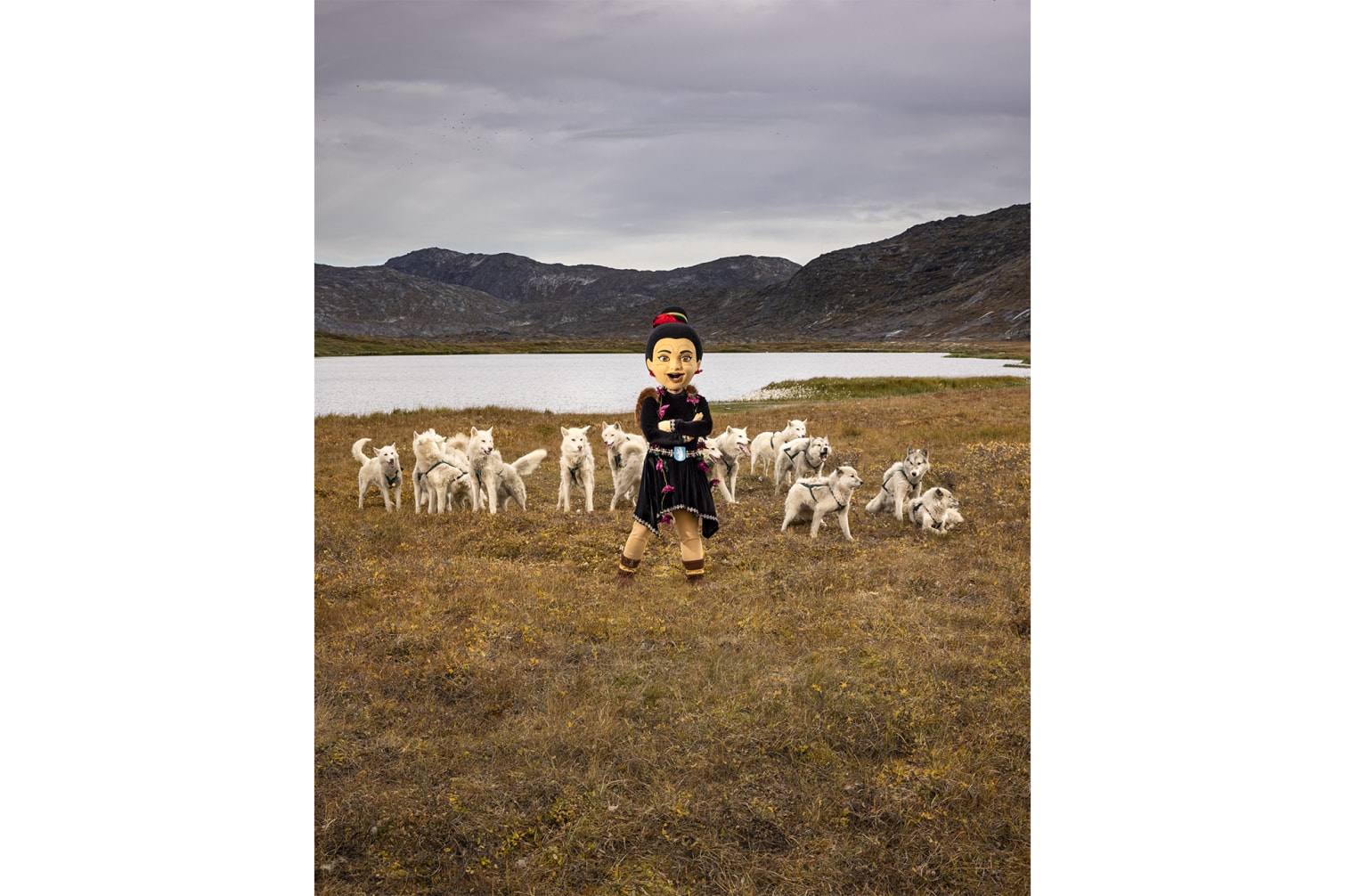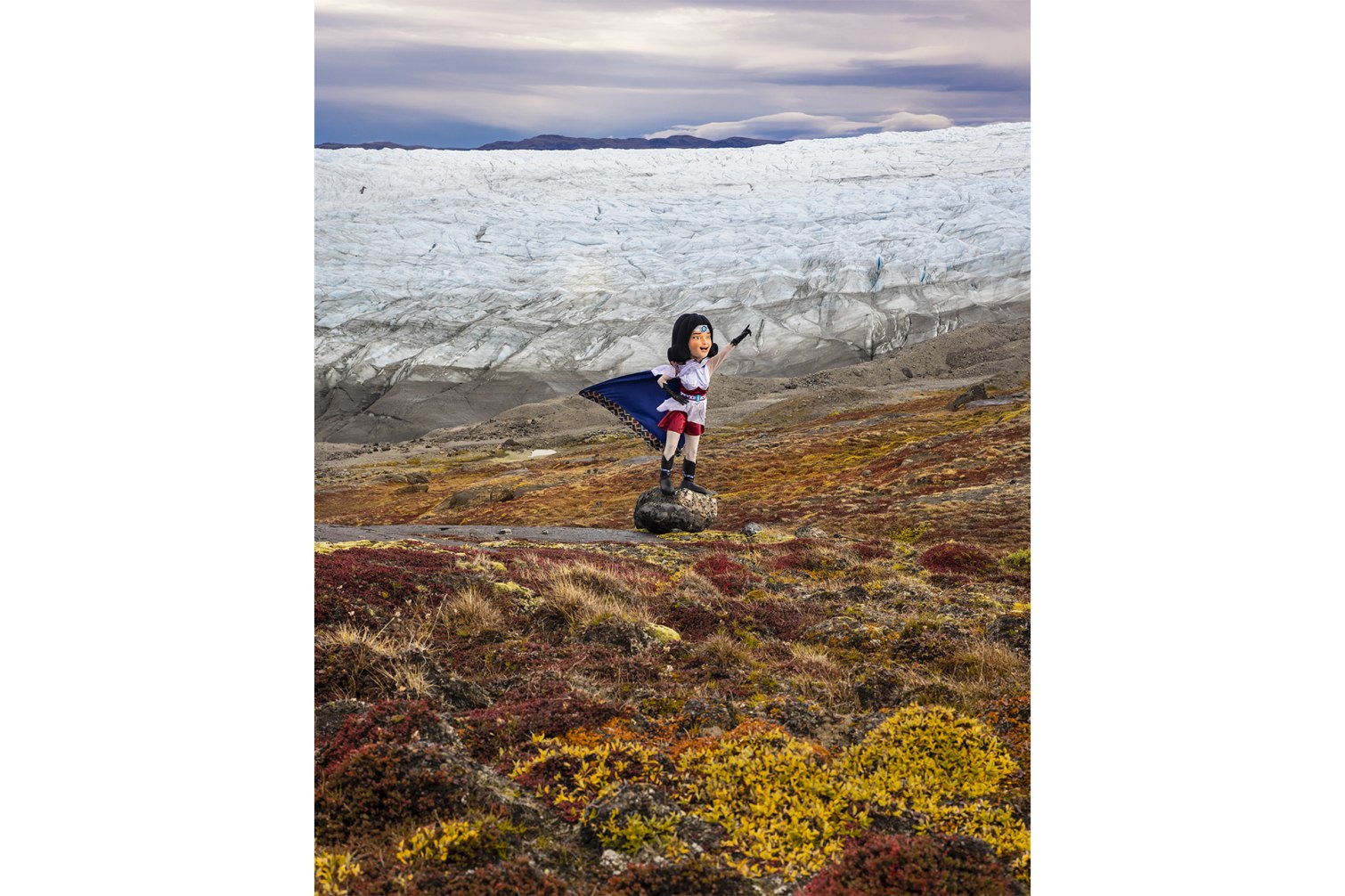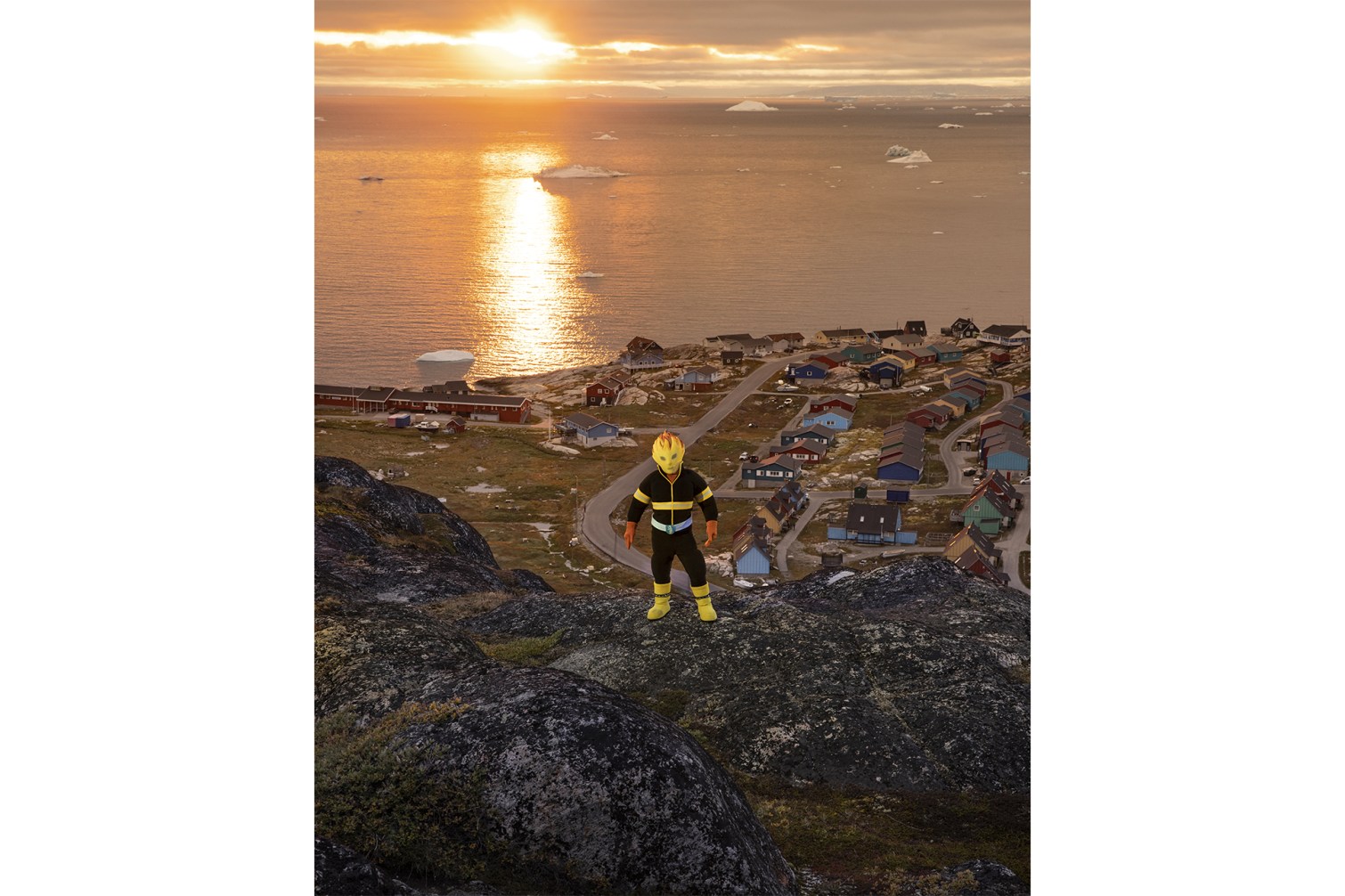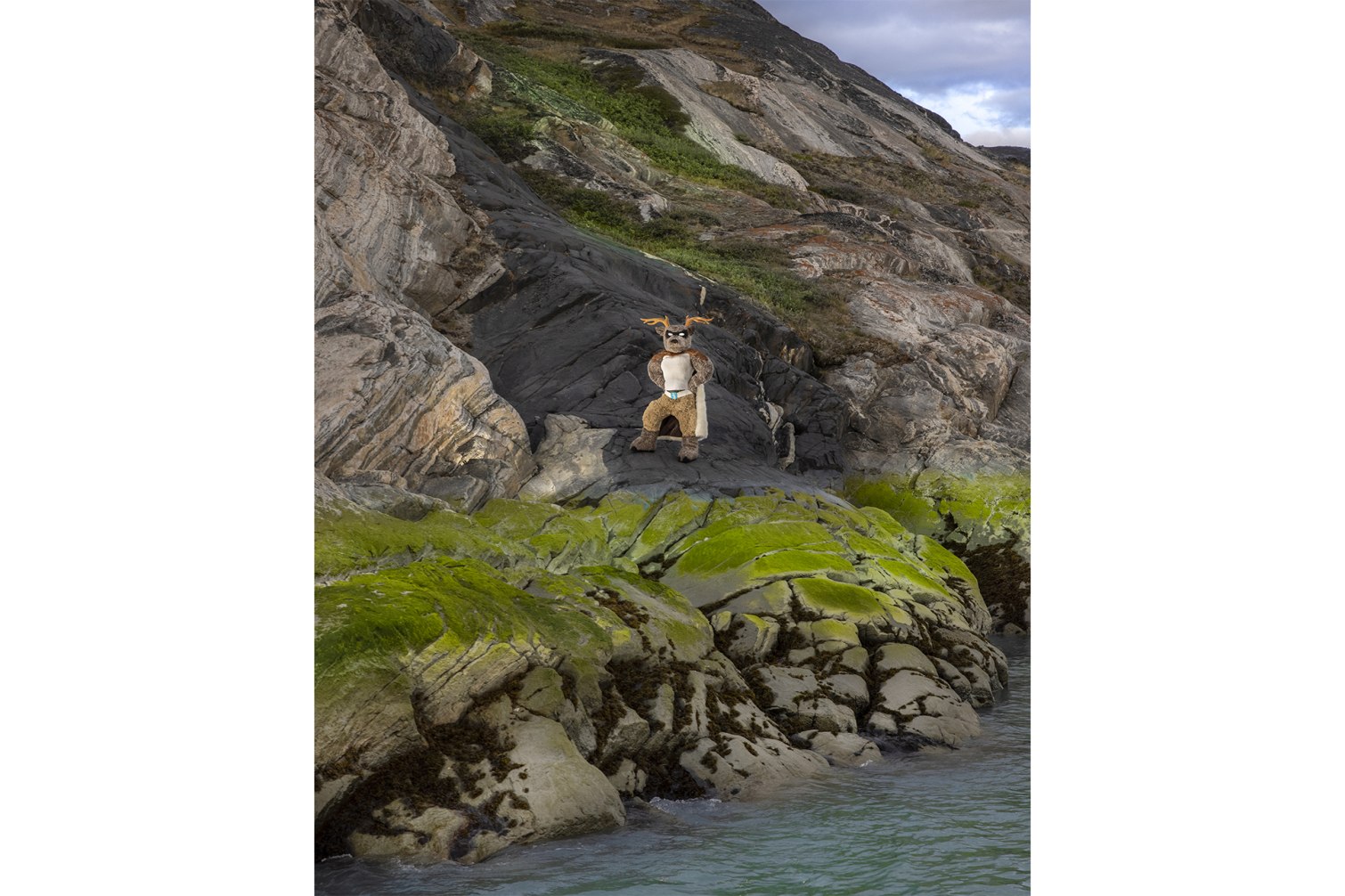MY EARTH IS BEATING: A photo-collection for climate by LuisaViaRoma, a photojournalistic documentation project created by LuisaViaRoma following EXTREME E, the first electric SUV racing circuit designed to raise awareness of the planet on issues of ecological transition.
Coordinated and shot by World Press Photo winner for environmental issues and National Geographic contributor Luca Locatelli, World Press Photo winner in the Portraits category and National Geographic contributor Gabriele Galimberti and journalist, writer and curator Raffaele Panizza, #myEIB is a project that reinforces LuisaViaRoma’s environmental commitment.
Follow the stories and journeys with us. The third photo series is a retelling and sharing of the project and experiences taken place in Greenland in August 2021.
The following adventures will take place as follows:
SARDINIA, Italy – 23/24 October 2021
T.B.C. – 11/12 December 2021
GREENLAND EDITION: THE CLIMATE CHANGE SUPERHEROES
It never rains at these latitudes, over the ice sheets of Greenland: «In thirty years, I’ve never seen something like it» says the Inuit guide accompanying us.
Except today, while gathering ice samples together with the scientist CARLOS DUARTE and PETER WADHAMS, who will send them for analysis to laboratories in Cambridge, the rain is pouring and the ice-cold rivers flow down the valley delving into the landscape.
Only a week before our arrival, a similar phenomenon was registered, for the first time in human memory, above the skies at the Summit Camp research station, at three thousand meters above sea level.
After the trip to Saudi Arabia to document on the impact of desertification and the trip that followed to Senegal to report about the crucial role played by mangroves along with the reforestation work run by local NGOs, MY EARTH IS BEATING #myEIB, a photojournalistic documentation project created by LuisaViaRoma following EXTREME E (the first electric SUV racing circuit organized in the areas around the world environmentally high at risk), continues on the ice-sheets of Greenland. This time looking for the problems and solutions linked to the climate crisis in the Arctic, the real powerhouse of the world’s climatic balance: «The atmosphere’s warming rate in this part of the planet is three times higher than in the rest of world» explain Professor Peter Wadhams, Ocean Physics Professor at Cambridge and Politecnico di Torino.
We will start at Kangerlussuag, where exactly this same time last year, the most dramatic and substantial melting of the ice sheet that has ever been registered took place: in only one day, 12,5 billion tons transformed into water and sediments. We will then arrive at Ilulissat, the stunning coastal village framed by a beautiful constellation of icebergs. But here too, beauty and darkness exchange roles: the images of the constant recession of the Sermeq Kujalleq, the ice towering the city, have become the face of global warming.
Greenland, the Artic, the ice sheets melting, defending the land, childhood, future… US. It’s the third of long series of stories that will be documented by MY EARTH IS BEATING #myEIB
The Photojournal from Greenland
QUAARSUP INUA – Protector of minerals and rocks
The hero of the rocks, frightening as thunder, protects the Russell Glacier from any threat faced by this fragile natural beauty found in Western Greenland.
Born from the Greenlanders’ collective imagination, featured for centuries in shamanic stories and legends, QUARRSUP is an Inua (a protector) defending the Arctic lands – the real thermic powerhouse of the global ecosystem – from pollution and the exploitation of natural resources that menaces its balance.
His fist is thrown against anyone ready to greedily dig to extract from this beautiful landscape the “new gold”: copper, nickel, cobalt and platinum.
ERMUP INUA – Protector of the ice sheets and the oceans
Icebergs break off from Sermeq Kujalleq and travel along Jakobshavns fjord.
At the end of their journey they dance, in the open sea, in front of the wonderful city of Ilulissat.
Ermup, regenerator of seas and ice, an Inua (the protector) who, despite everything, does not give up: twenty years ago the icebergs were twice as high, he remembers, while now the inexorable retreat of the glacier that generates them forces them to cover more distance and wear out.
Temperatures, too, are exhausting them: the Arctic (scientists can’t say why) is warming three times faster than the rest of the planet.
Ermup knows that reducing greenhouse gas emissions is not enough: the challenge of the future is to suck out of the atmosphere the 42 billion tons of CO2 we generate every year, otherwise destined to stay there forever.
Companies like the American Blue Planet are already doing this.
PINNGORTITAP INUA – Protector of the flora
With Inuit tattoos on her face and hands muting into flowers and moss, Pinngortitap Inua (the protector) preserves a balance between the animal and plant world.
The rise in temperature, however, weakens her powers: in some areas of Greenland strawberries are now grown in greenhouses, a phenomenon never seen before, meanwhile ancient creatures such as the potent Kalaallit Qimmiat sled dogs risk disappearing.
In Ilulissat alone, a @Unesco World Heritage site, their number has dropped from 6,000 to 2,000 in just 10 years: the ice is thinning, the ancient tracks are no longer passable and their charge is rendered useless. Many of these have been given to local fishermen, who in turn use them for short trips to transport the catch of the day on winter nights. Others, too costly to feed, have unfortunately been put down.
ANORIP INUA, Protector of the seasons
On Russel Glacier it has finally stopped raining, and with his confident gesture Anorip pushes away the charged and threatening clouds. As guardian of the seasons, this Inua of Greenland has the task of keeping the Kangerlussuaq area as it has always been: an Arctic wilderness where precipitation – which contributes to the melting of the ice – is not to be.
Only a week before our arrival, a similar phenomenon had been recorded over the skies of the Summit Camp research station, at an altitude of three thousand meters, for the first time in history.
In one day, enough rain fell to cover the entire state of Florida, with six centimeters of water.
INNERUP INUA, Protector of nature under threat of wildfires
Innerup Inua has climbed the hill and waits for the flames. He can protect the houses of Ilulissat but he can do nothing against the charcoal particles released by the fires, which blaze everywhere and then settle on the ice cap. White becomes black. The sun’s rays, attracted to it, accelerate its melting.
The Arctic ice is the memory of the world and the air bubbles trapped in it are drops of atmosphere that tell the story of the climate, from 40 thousand years ago to today.
Drilling in Greenland, @egripcamp researchers found radioactive waste dating back to the Cold War. As well as traces of improvements following legislative initiatives: the wind of the world, just after the Clean Air Act of 1970 wanted by U.S. President Richard Nixon, was cleaner.
UUMASUT INUA, Protector of wildlife
Uumasut Inua is the protector of the fanua and is the right hand of Sassuma Arnaa, the Mother of the Oceans, who hides the animals in her thick hair when men are not worthy of hunting them.
In Greenland the 2030 strategy for biodiversity has just been launched, an intervention made necessary by unsustainable hunting (narwhals and seals), climate change (the population of Arctic terns, the largest migrant in the world, has halved) and the indirect causes of melting ice.
In the process, mercury is released, which poisons large mammals and, consequently, enters the human food chain. Many infants cannot be breastfed. And cases of stomach cancer, among Inuit people, are increasing.
WHICH IS YOUR CLIMATE SUPERHERO?
Learn more about myEIB
Credits:
Coordinated and shot by World Press Photo winner and National Geographic contributor Luca Locatelli.
Shot by World Press Photo winner and National Geographic contributor Gabriele Galimberti.
Coordinated and narrated by the journalist, writer and curator Raffaele Panizza.
